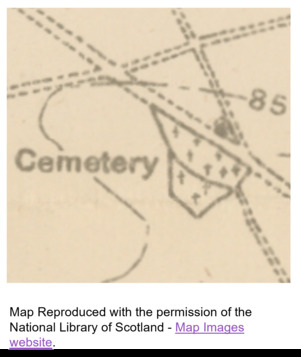The frontage of a unit is the length of the front line that a unit is responsible for. In this post I have summarised the approximate frontages for a range of world war two units, from a section of around 10 men up to a division of around 10,000 men.
WW2 Unit Frontages
The summary of WW2 unit frontages is in the schematic below. There’s not too much to highlight at this stage other than that the ‘brigade’ is included more for completeness, since by the Second World War, the brigade was falling out of use.

Some words of caution
The above sizes of front and men are roughly correct, but before you make any life or death decisions on them, consider the following words of caution:
- I’ve checked a few primary and secondary sources (mainly US and British and some German), but my research is far from comprehensive, and I could have interpreted things incorrectly.
- Those sources that I have used emphasise how frontages varied significantly depending on things such weather, time of day, objective, unit condition and so on. Any numbers quoted in any source are illustrative at best.
- I was only interested in rough, round numbers to get a feel for the scale of actions that units of different size might be involved with
Examples
The following examples show very roughly the section of a map that a unit might be involved with, given the size of its frontage. The general idea is to get a feel from the number and scale of features that a unit engagement might involve.
For a given unit, there would on all likelihood be units of similar size on either side of them, rather than them being in complete isolation.
In a wartime scenario, the features indicated below could also have been altered or augmented with earthworks or other defenses and are just to give a general impression of the different scales involved.
Section
For a section (around 10 men) I’ve identified a roughly 250m sized square. There is one major feature, a cemetery in this case, and some minor tracks or roads.
An example of a real world engagement at this scale could be the D-Day assault at Brecourt Manor.

Platoon
Moving up to a platoon (around 30 men) this 500m square section shows that the cemetery is joined by the edge of some woods as well as a train line.
A real battle illustrating engagements at this scale is the battle for Santa Maria Infante.

Company
At the scale of a company (around 100 men) with a frontage of around 500m, this approximately 1km-sized map section shows a much richer range of features including the edge if a village, woods, train tracks and fields.
An real world engagement at about this scale is the assault on Foy during the Battle of the Bulge.

Battalion
A battalion has around 500 men and a typical frontage of around 1500m. This roughly 4km square map section shows how at this size multiple villages are covered as well as more of the train track, a river and larger roads. There is also a large amount of open space and gentle hills.
A real example of a battle at roughly this scale is the battle of Bretteville l’Orgueilleuse, see also chapter 8 of The Last 100 Yards [pdf]

Regiment
A regiment has about 2000 men and a frontage of around 3km. The following 7km square map section illustrates the range of features that might be encountered such as multiple towns and villagers, networks of rivers or streams and undulating open countryside.
A real world example of an engagement at this scale are the battles for San Pietro.

Division
A division has around 10,000 men and is associated with a frontage of around 10km or so. This approximately 16km wide map section illustrates the range of features that might be encountered at this level such as a range of villages or towns of different sizes, more river and stream networks as well as roads and railways.
A real battle on roughly this scale is the Battle of Carentan.
